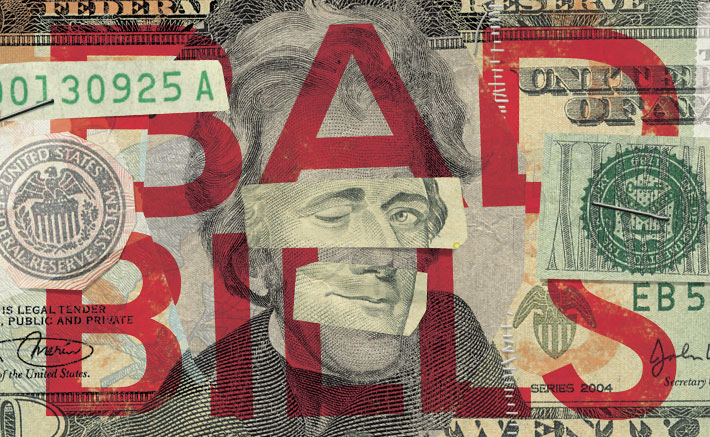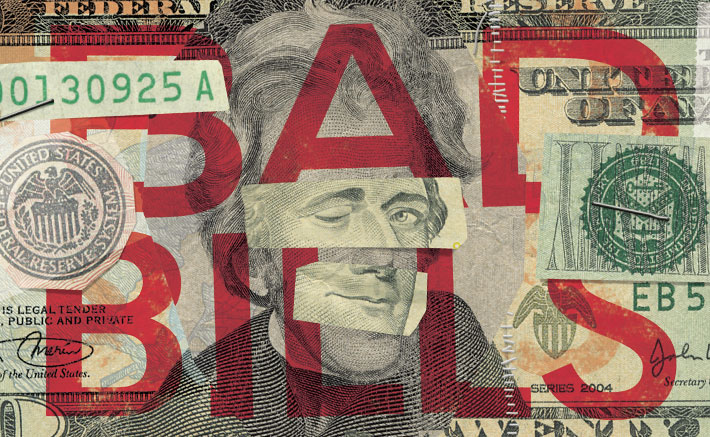

It’s a brisk autumn morning in a quaint village on Long Island’s North Shore and dozens of children scurry into a local day camp for several hours of fun.
Inside, employees prepare for the long day ahead. There’s face-painting, arts and crafts time, and lunch to prepare. There’s sports, music and dance routines to organize. The camp provides a safe environment for the kids to play and build friendships; each day ending when their parents pick them up on their way home from work.
Unbeknownst to the parents and the majority of the camp’s staff, however, there’s another activity—one that’s illegal—taking place here amid the giggling toddlers and children.
Two male staffers are making a transaction that, if discovered, could land them each up to 15 years in a federal penitentiary. A freshly made stack of $1,000 in bogus United States bills, all 20s, is handed over from one day camp employee to another in exchange for $200 in genuine U.S. cash. It takes seconds.
Afterward, the two coworkers go along with their duties at the camp as if nothing had happened.
The pair repeats their phony cash deal several months later—again at the camp, amid the unsuspecting children. Only difference is, it’s a little bit colder outside.
The purchaser is confident he can freely pass off the Andrew Jackson-emblazoned fake 20s—the most common counterfeit note in the country—without any resistance from retailers, just as he did his previous stack.
He inquires about a third transaction to help out a friend; in broad daylight, his supplier obliges once again, gladly handing him another fat stack of fake cash and accepting real money in return.
Clandestine deals such as this are being conducted across Long Island and the New York metropolitan area, according to the U.S. Secret Service—the federal agency created in the 19th century specifically to investigate and thwart this crime. It estimates that $40,000 in bad bills a week—more than $2 million annually—is being circulated on Long Island. In New York City, that figure is estimated at up to $150,000 a week, says the agency—just a fraction of the tens of millions being circulated globally each year.
The not-so-funny money is being passed at banks, mom-and-pop stores and even more technologically advanced retailers with budgets that include security and employee education training to curtail such trickery.
Criminals spread it across the Island’s bustling shopping centers and malls, where untrained or naïve cashiers accept what they think is legitimate cash without even attempting to scrutinize the bills, sometimes in fear of insulting their customers.
While the approaching holiday shopping season provides a much-appreciated boost to the local economy, retailers are advised to be more vigilant, because busy stores and overwhelmed employees make for easy prey.
The scam is nothing new. Faking U.S. currency dates back to the birth of this nation, when the British plotted to devalue then-Continental Currency by flooding the colonies with it, a scheme reportedly uncovered by a member of George Washington’s secret Long Island “Culper Spy Ring.”
Yet one of the nation’s oldest crimes has now evolved into more sophisticated schemes that include forging products—from jeans to Gibson guitars—to identity theft, a high-tech ploy called skimming, and a slew of other sinister financial crimes.
“We have a lot of opportunity out here [for counterfeiting],” Michael Seremetis, resident agent-in-charge of Long Island’s Secret Service office in Melville, tells the Press. “Long Island has a thriving shopping community. Anywhere where you have a lot of shopping malls, you have an opportunity to pass counterfeit currency.”




